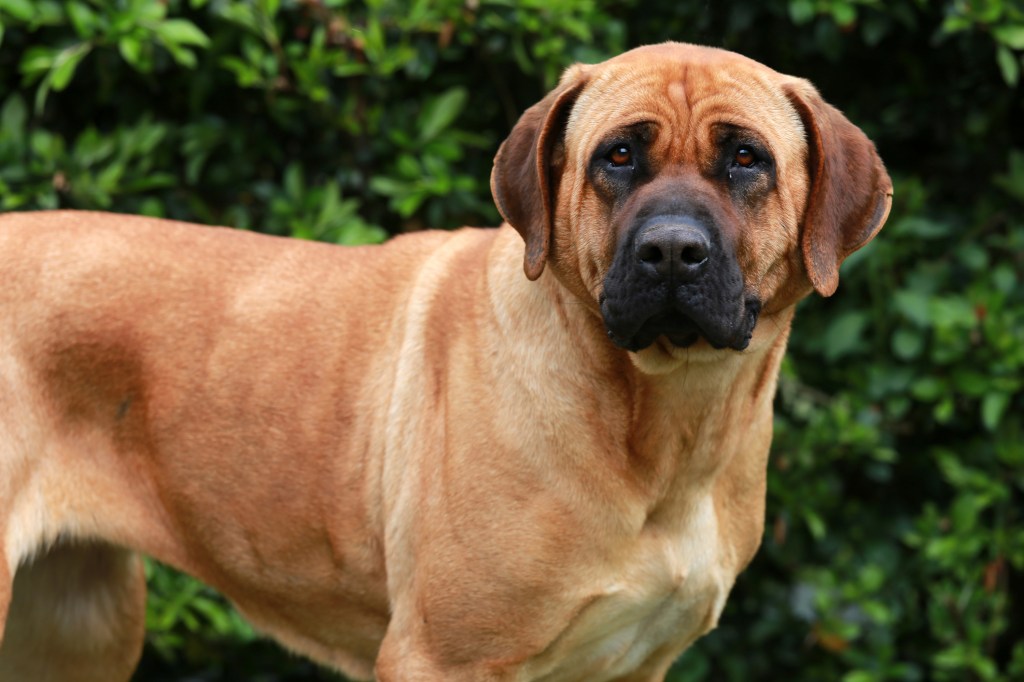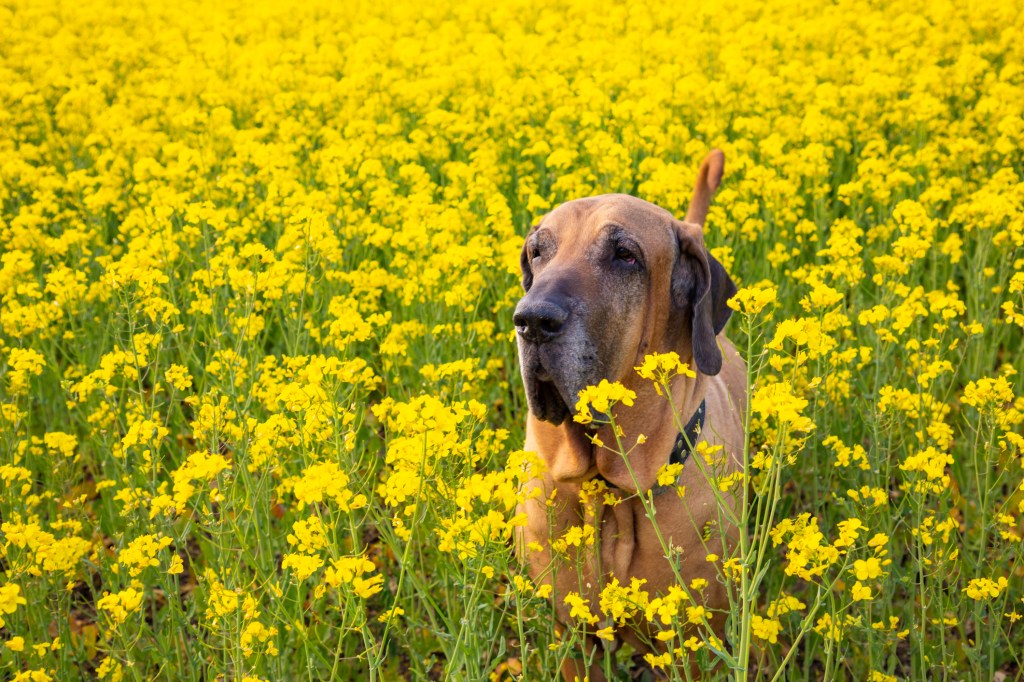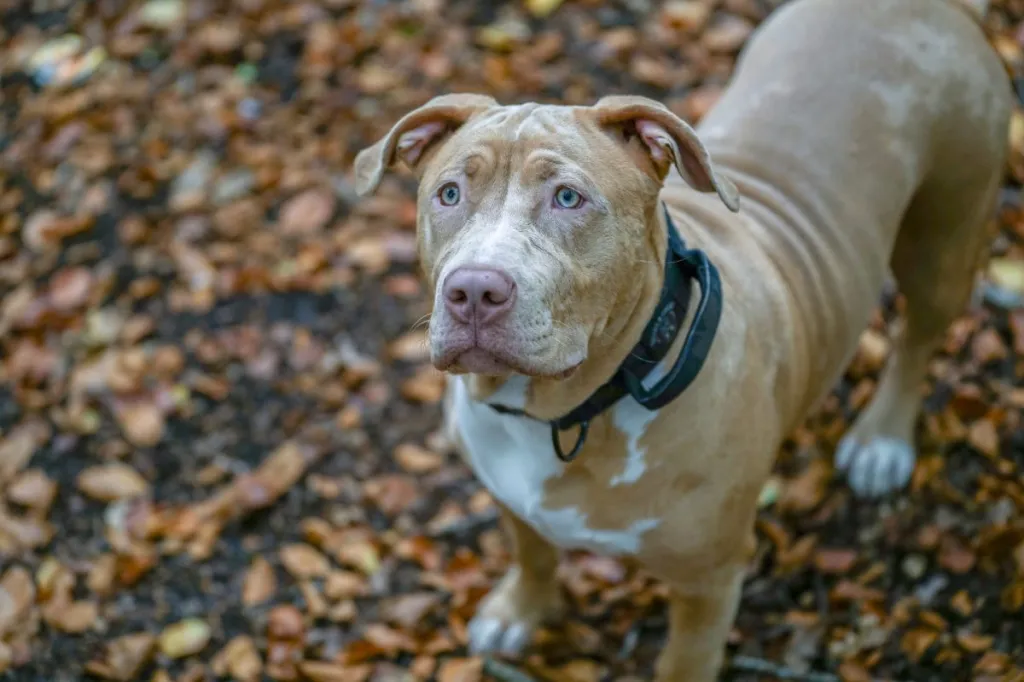George Orwell famously wrote in “Animal Farm” that “all animals are equal, but some animals are more equal than others.” Nowhere is this more relevant than our attitude towards dog breeds. While different folks prefer different kinds of canine companions, laws are less friendly to specific banned dog breeds in general. Bully breeds receive the short end of the stick in almost all legal scenarios. Recent events made this more evident when the American XL Bully joined the list of banned dog breeds in the United Kingdom.
Dog breed bans have always been a divisive topic
According to The New Indian Express, UK Prime Minister, Rishi Sunak, decided to ban the American XL Bully following several reported attacks on people. Rather than a “handful of badly trained dogs,” Sunak blames such aggression on their inherent “pattern of behavior.”
As per The Guardian, Sunak requested ministers to convene a meeting of police and canine experts. This convention aims to officially identify the features of the American XL Bully, and define the breed first. After which, proper legislation can lead to its ban.
Defining and identifying the American XL Bully is a critical step because neither the Kennel Club in the United Kingdom nor the American Kennel Club recognizes the American XL Bully as a breed per se. The UK Kennel Club claims not to do so for the very simple reason that no type of dog is intrinsically dangerous. According to the organization, breed-specific prohibitions falsely shift the blame for violence from irresponsible dog owners to the breed in question.
Currently, the UK’s Dangerous Dogs Act of 1991 has led to the ban of four dog breeds
When a canine breed is placed on the banned list, it is illegal for anybody in the United Kingdom to own, breed, or trade them. The dog can be taken away from anyone who is caught with them. As per Country Living UK, this law applies even if the dog has not done anything wrong.
By the end of the year, the American XL Bully will soon meet the same fate. These canines will soon join the other dog breeds who are banned in the UK: namely, the Pit Bull Terrier, the Japanese Tosa, the Dogo Argentino, and the Fila Brasileiro.
Pit Bull Terrier

The Pit Bull Terrier, originally bred for bull-baiting, has evolved into a versatile farm dog. Their gentle nature around children has even led people to give them the epithet of a “nanny dog.” However, these loving pooches — one of the many breeds clubbed under the bracket of the catchall term “Pit Bull” — have garnered a reputation for aggressiveness.
Their historical use in dog fighting is largely responsible for their bad reputation. However, the Pit Bull Terrier’s temperament can be as gentle as any other breed. In fact, the American Temperament Test Society has even ranked them as the fourth most gentle dog breed. But, despite their loving and loyal nature, they face breed discrimination in many places, leading to bans and insurance coverage denials.
Japanese Tosa

Originating from Japan, the Tosa dog has a somber historical legacy. It was initially developed for dog fighting. Today, however, this dog breed’s protective instincts and intelligence have enabled them to become a steadfast and competent guardian. The Tosa goes by various names, including Tosa Ken, Japanese Mastiff, Tosa Inu, and Japanese Fighting Dog.
The breed’s origins trace back to the latter half of the 19th century, involving the deliberate crossbreeding of indigenous Shikoku-Inu with various European breeds. As such, breeders sought to create a larger dog who could participate in dog fights. This dog breed’s ban in the UK stems from concerns about this historical use in dog fighting. As a result, the breed has been subject to breed-specific legislation in the UK, restricting their ownership and presence in the country.
Dogo Argentino

The Dogo Argentino was bred for big-game hunting, particularly wild boar and puma. These dogs are famous for their strength, athleticism, and loyalty to their families. However, their strong protective instincts can become a double-edged sword, leading to aggression.
It is important to note that the breed is not inherently violent. However, concerns about potential aggression — particularly in untrained or inexperienced hands — have led to their ban in the UK. In other words, ignorant and careless owners are largely responsible for the purported aggressiveness of these pooches.
Fila Brasileiro

The Fila Brasileiro, also known as the Brazilian Mastiff, has a centuries-old history in Brazil. Initially, these Fila Brasileiros played the roles of hunting and working dogs. While intimidating in appearance, these large dogs are highly protective and loyal — so much so, that their characteristics have given rise to the phrase “faithful as a Fila.”
However, they are not the best choice for novice pet parents. This is because they require firm and experienced training and ample space to run. Several countries have banned the Fila Brasileiro due to their perceived aggressiveness. However, with the right owner and proper training, they can be wonderful companions and watchdogs.
Banning dog breeds does not solve problems
Several factors — such as upbringing, training, and socialization — affect the behavior of any dog. However, breed-specific bans often fail to account for the individual behavior of a pooch. Rather, such laws prohibit the presence of these pets based on their general portrayal in media, as well as their physical characteristics.
Given that, the act of banning dog breeds has become a much-critiqued stance, especially from the point of view of animal rights advocates. Several organizations are seeking to abolish this practice, and rightly argue that there are no bad dogs, only bad owners.









